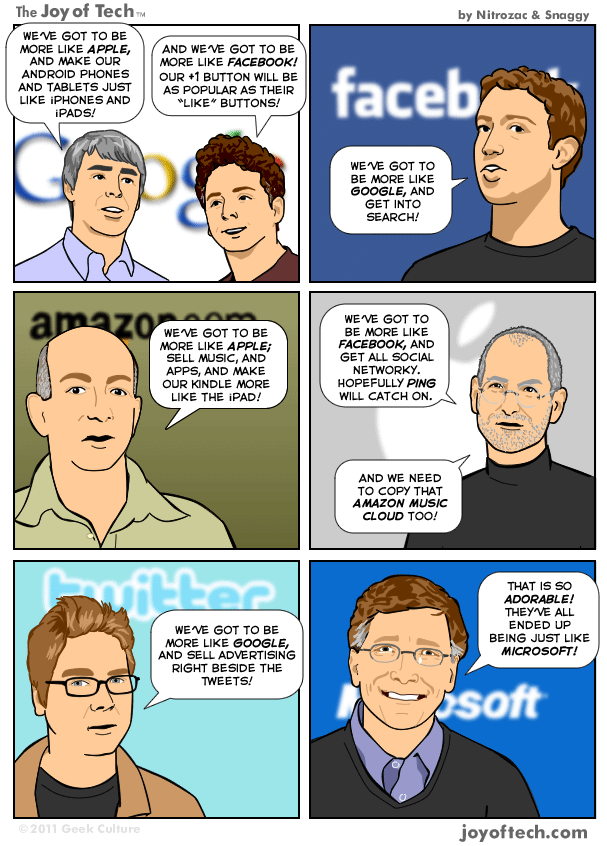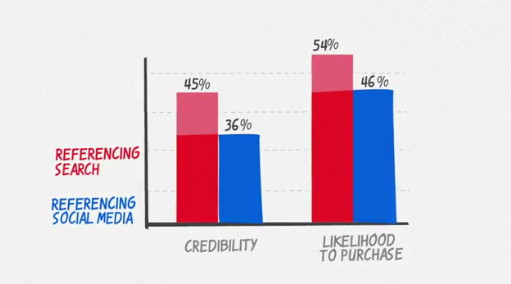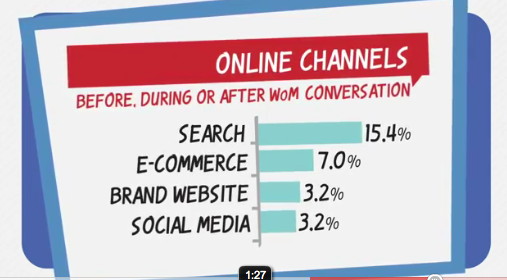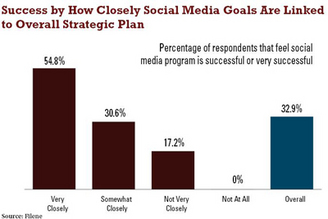QR Codes: A trend already gone, or still on the rise…?
In the last weeks, I have spoken with many clients and interesting people in the industry, whether QR codes are still an emerging topic for marketers, or if the trend goes thanks to the latest innovation from Layar. The new Layar technology let’s the importance of QR codes in some way vanish…
So, the question is: Are the QR codes an over rated technology? Let’s bear in mind how many people know how to use QR code technology, and how often those who know really use the QR code reader? Now, the team from Lab42 comes up with as great infographic on the use of QR codes.
And guess what, 60% of the respondents say they are not familiar with QR codes in general. Most of the people using QR codes (46%) scan them for discounts. interestingly enough, for 42% of the people these codes serve as a ticket (for a concert (62%). And 67% see the QR codes in print magazines. So, my assumption that QR code technology could become the access point for the extension of print (Augmented Reality) seems to proof correct.
Check out the rest of the data yourself…

I am interested to get your view on the future of QR codes. Is this a remaining access hub for companies, brands and services, or will it end when Augmented Reality evolving, and finally detecting 3D objectives…? Let us know your thoughts…

 It seems to be a love and hate relationship: Executives and Social Media. On the one hand, companies see how
It seems to be a love and hate relationship: Executives and Social Media. On the one hand, companies see how 
 As Facebook and Twitter are becoming stronger and stronger, the search giant Google had to do something about it. Especially, after
As Facebook and Twitter are becoming stronger and stronger, the search giant Google had to do something about it. Especially, after 





 IBM just recently published their
IBM just recently published their  According to the study, companies using Social Media with more than two years of experience are the most likely to report success (57%), while those that have three months or less are least likely (17%).
According to the study, companies using Social Media with more than two years of experience are the most likely to report success (57%), while those that have three months or less are least likely (17%).